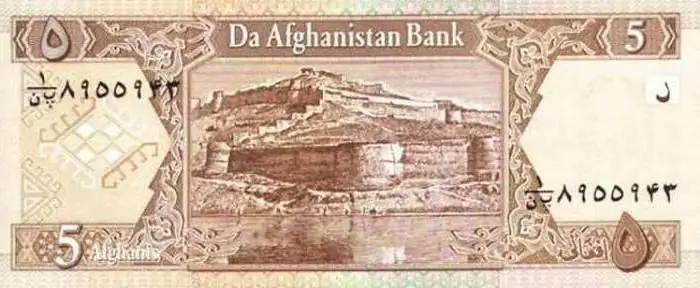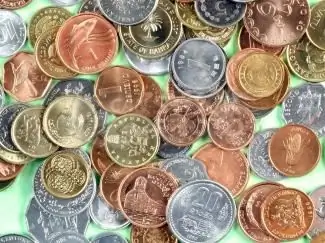2026 Author: Howard Calhoun | [email protected]. Last modified: 2025-01-24 13:10:47
Thailand's currency is known as baht, it is controlled by the national bank of the state and, in turn, is subdivided into one hundred satang. It should be noted that until 1925 it had a different name - tickal. As for the new name, it used to mean a measure of weight, which determined the value of coins made of gold or silver. In the nineteenth century, each baht consisted of eight fuangs. The decimal monetary system in the state was proposed and introduced in 1897 by the local prince Mahisorn. From that time to the present day, it has been used in the country. Three years later, old-style coins were completely withdrawn from circulation. An interesting historical fact is that the currency of Thailand until the beginning of the twentieth century was supported exclusively by silver. At this time, the value of each baht corresponded to the price of fifteen grams of silver.

Bath in the twentieth century
In 1941, the state decided to issue coins in denominations of 5, 10 and 20 satang. For their production, only silver was used. The fact is that nickel was used for the military needs of the country, because World War IIthe war was in full swing. Starting from 1950, 20-satang coins were no longer issued, and they were replaced by new ones, in denominations of 25 and 50 satang. They were cast from an alloy consisting of bronze and aluminum. It should be noted that the currency of Thailand has been minted for a long time without changing the date on the coins themselves. In 2008, representatives of the Thai National Mint officially announced the launch of an updated series. From now on, an alloy was used for the production of coins, which significantly reduced the cost of their manufacture. On the back, as before, there is an image of the local king. Despite the fact that the old coins, which have denominations of 1, 5 and 10 baht, have not been officially withdrawn from circulation, many large stores may not accept them.

Paper money of the country
As for paper money, the currency of Thailand is divided into banknotes with denominations of 20, 50, 100, 500 and 1000 baht. It should be noted that "hundred" and "thousand" are very similar in appearance, so even local residents sometimes confuse them. It is desirable to exchange foreign currency for local in advance. The fact is that in shopping centers and shops, when paying for goods, only the currency of Thailand, the baht, is accepted. An exception may be a taxi, where, after a preliminary agreement with the driver, you can pay in US dollars or euros. There are no problems with exchanging money - it is produced even at international airports, and it is recommended to give preference to Phuket, where the rate is practically notdifferent from other places.

It should be noted that the currency exchange procedure in banks is extremely inconvenient, because here you need to fill out a lot of paperwork and provide a passport, from which a copy will be taken. With exchange offices, everything is much easier.
The exchange rate against the ruble and the dollar
In relation to the Russian ruble, the fluctuations of Thai money are quite insignificant, and the cost of one baht is in the range from 0.95 to 1.05 rubles. In other words, the rate is almost "one to one". Thus, the Thai currency against the US dollar correlates similarly to the domestic one - one baht costs about 3 cents.
Recommended:
Thai baht, or National currency of Thailand

Thai baht is the only national currency of the country. The currency is issued by the Bank of Thailand. Each unit of baht includes 100 satang. The Thai currency went through long stages of its development and only in 1925 acquired exactly the name that has survived to this day
What currency to take to Thailand? Find out which currency is more profitable to take to Thailand

Thousands of Russians annually seek to Thailand, called the "land of smiles". Majestic temples and modern shopping centers, a place of harmonious existence of eastern and western civilizations - this is how you can characterize this place. But in order to enjoy all this splendor, you need money. What currency would be most reasonable to take to Thailand with you? We will try to answer this question in this article
The currency of Afghanistan: the history of the currency. Curious information about the currency

Afghan currency Afghani has almost a century of history, which will be discussed in this material
What is a currency? Russian currency. Dollar currency

What is the state currency? What does currency turnover mean? What needs to be done to make the Russian currency freely convertible? What currencies are classified as world currencies? Why do I need a currency converter and where can I find it? We answer these and other questions in the article
UAH - what is this currency? National currency of Ukraine

Ukraine, as a sovereign state, has its own national currency, which is far from stable and subject to strong inflationary risks

